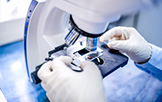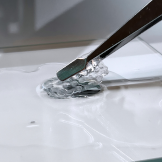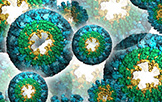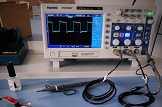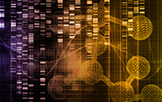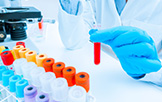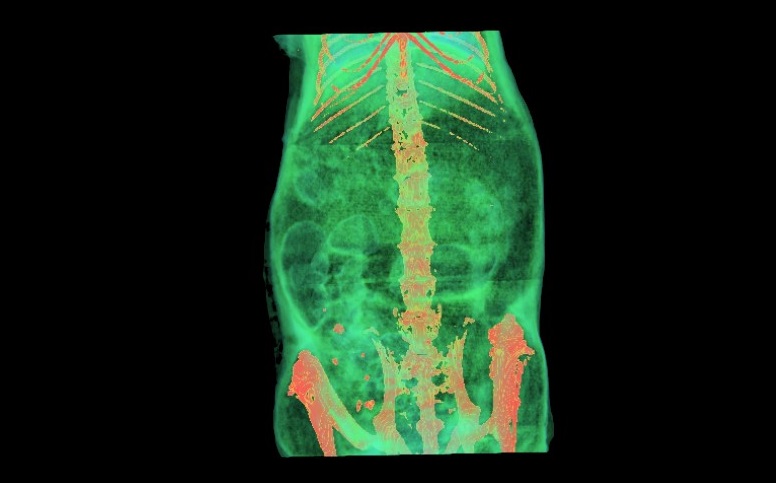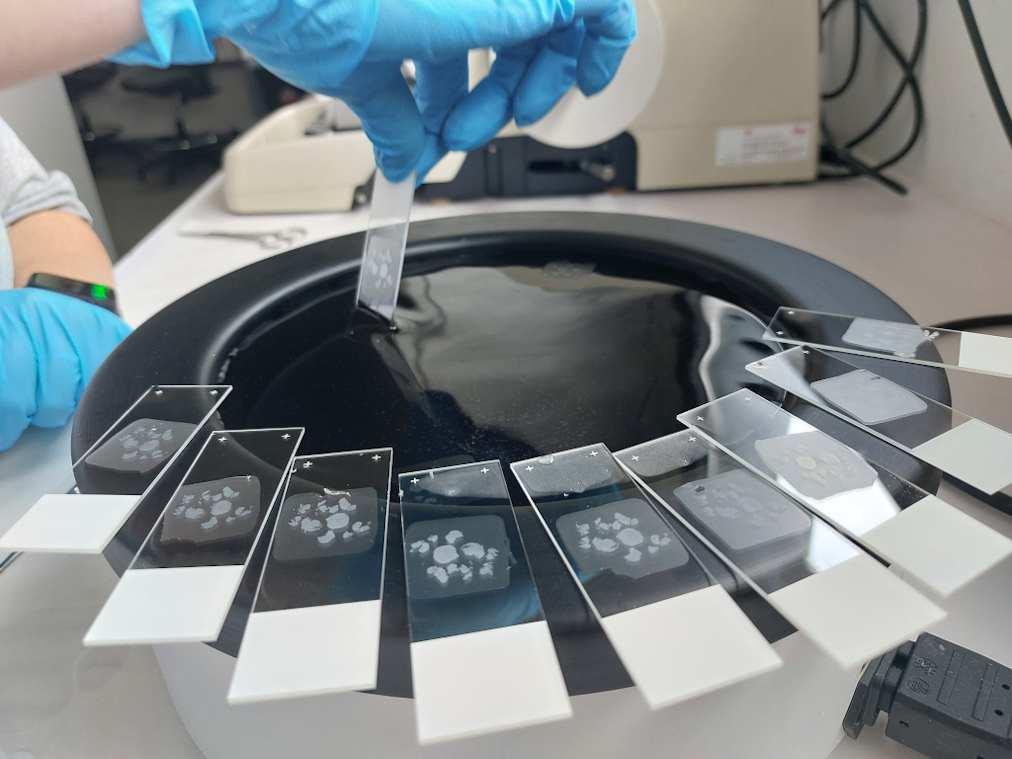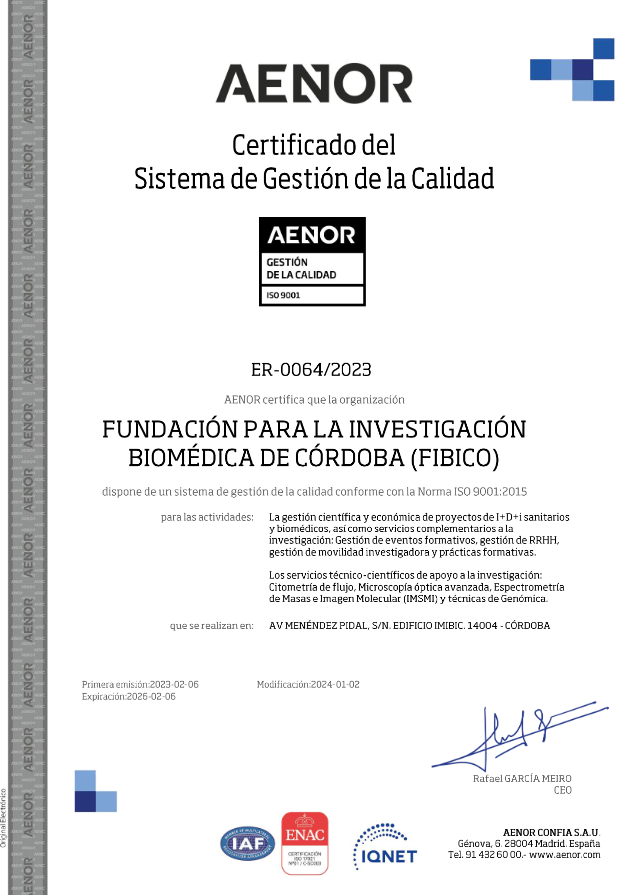Unidades Centrales de Apoyo a la Investigación Biomédica
Unidad de Citometría de flujo

La misión de la Unidad es poner a disposición de los investigadores del IMIBIC y entorno hospitalario, de instituciones públicas y sector privado un equipamiento de altas prestaciones que cubra un amplio espectro de aplicaciones en el campo de la Citometría de flujo, además de, proporcionar experiencia técnica y formación. La Unidad también proporciona soporte científico-técnico sobre diseño experimental, preparación de muestras, análisis de datos de citometría e interpretación de resultados.
La unidad de Citometría de flujo dispone de un Sistema de Gestión de Calidad conforme a la Norma de Calidad ISO 9001:2015.
Personal

Esther Peralbo Santaella, PhD
Responsable de Unidad. Especialista Técnico de Citometría de flujo
- citometria@imibic.org
- (+34) 957 213 752 (Corporativo 3752)
Fundamentos y Aplicaciones de la Citometría de flujo
La Citometría de flujo es una potente tecnología que permite medir y analizar de forma rápida y simultánea, múltiples características o parámetros físicos y/o químicos (estructurales o funcionales) de partículas únicas en suspensión, normalmente células, cuando se mueven por una corriente de fluido a través de un haz de luz láser. La determinación de dichas características se basa en medidas de la dispersión de la luz láser incidente y de la fluorescencia emitida por cada partícula o célula, utilizando un sistema de acoplamiento óptico-electrónico.
El denominado Fluorescence-activated Cell Sorting (FACS) es un tipo especializado de Citometría de flujo, que permite separar y aislar célula a célula, subpoblaciones celulares presentes en una suspensión heterogénea, basándose en las características de dispersión de la luz y de fluorescencia de cada una de ellas.
APLICACIONES
Existe un amplio rango de aplicaciones en Citometría de flujo, entre éstas se encuentran:
- Análisis multicolor de antígenos de superficie e intracelulares mediante el uso de anticuerpos marcados con fluorocromos.
- Viabilidad celular.
- Ensayos de apoptosis (integridad de la membrana plasmática, función mitocondrial, actividad caspasa, fragmentación del ADN, etc.).
- Análisis de contenido de ADN y ciclo celular.
- Ensayos funcionales como: proliferación celular (ej. CFSE), producción de ROS, medidas de potencial de membrana, flujo de Calcio, medidas de pH intracelular, etc.
- Análisis de expresión génica mediante genes reporteros.
- Flow-FISH y ensayo PrimeFlow RNA.
- Análisis de microvesículas.
- Análisis de microorganismos.
- Separación y aislamiento de subpoblaciones celulares o células únicas, y clonaje celular mediante FACS Cell Sorting.
Equipamiento e infraestructuras
Analizadores
- BD LSRFortessa SORP (Becton Dickinson) (Última actualización: 2021): Equipado con 5 láseres (355 nm, 405 nm, 488 nm, 561 nm y 640 nm). Permite el análisis simultáneo de 20 parámetros, 18 fluorescencias más los parámetros de dispersión FSC y SSC. (configuración óptica)
- BD FACSCanto II (Becton Dickinson) (Última actualización: 2021): Equipado con 3 láseres (405 nm, 488 nm y 633 nm). Permite el análisis simultáneo de 10 parámetros, 8 fluorescencias más los parámetros FSC y SSC. Equipado con cargador carrusel automático de 40 tubos. (configuración óptica)
- BD FACSCalibur (Becton Dickinson): Equipado con 1 láser (488 nm). Permite el análisis simultáneo de 5 parámetros, 3 fluorescencias más los parámetros FSC y SSC. (configuración óptica)
Separador celular (Cell sorter)
- BD FACSAria III (Becton Dickinson) (Última actualización: 2014). (configuración óptica)
Características:
- Equipado con 3 láseres (407 nm, 488 nm y 633 nm). Permite el análisis simultáneo de 13 parámetros, 11 fluorescencias más los parámetros FSC y SSC.
- Nozzles disponibles: 70µm, 85µm y 100µm.
- Capacidad de separación simultánea de hasta 4 subpoblaciones y de célula única. Las células pueden ser recogidas en tubos (microtubos, 12 x 75 mm and 15 mL), placas (6, 24, 48, 96 y 384 pocillos), y sobre portas (equipado con ACDU).
- Control de temperatura en el punto de inyección de la muestra (software ajustable), y en el punto de recogida de las células separadas (sistema de recirculación de agua).
- Equipado con sistema de evacuación de aerosoles (AMO: Aerosol Management Option).
Otros
- Estación de trabajo PC con acceso al software de análisis de Citometría BD FlowJo v10.
Servicios
- Uso de los citómetros analizadores en régimen de autoservicio (sólo usuarios internos IMIBIC debidamente entrenados por el personal técnico).
- Uso con asistencia de operador técnico de los citómetros analizadores bajo solicitud.
- Cell Sorting (FACS): servicio sólo proporcionado con soporte de operador técnico.
- Análisis de datos de citometría de flujo bajo solicitud, y acceso para los/as usuarios/as registrados/as a estación de trabajo con software de análisis BD FlowJo.
- Asesoramiento en relación a: diseño experimental y de paneles multicolor, protocolos de preparación de muestras, interpretación y presentación de resultados, y redacción de la sección “Material y Métodos” de Citometría de flujo.
- Desarrollo/optimización de ensayos/aplicaciones de Citometría en respuesta a las necesidades de los/as usuarios/as.
